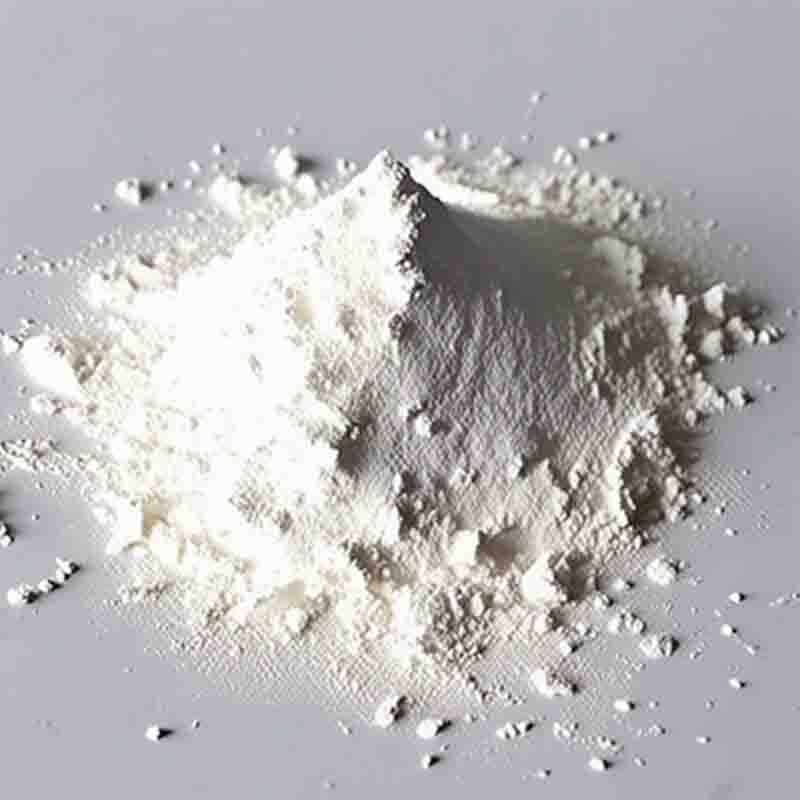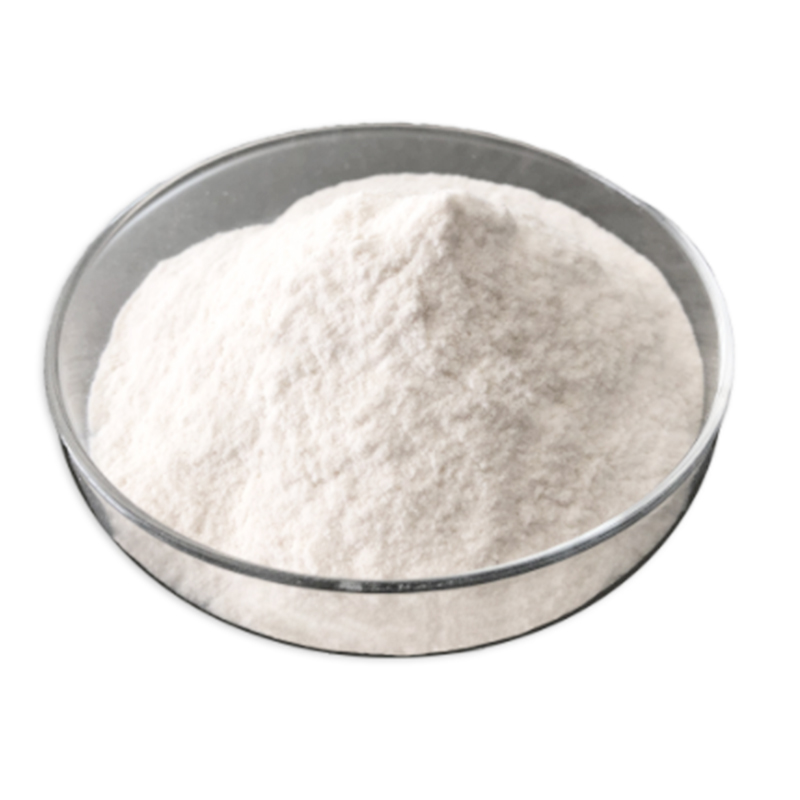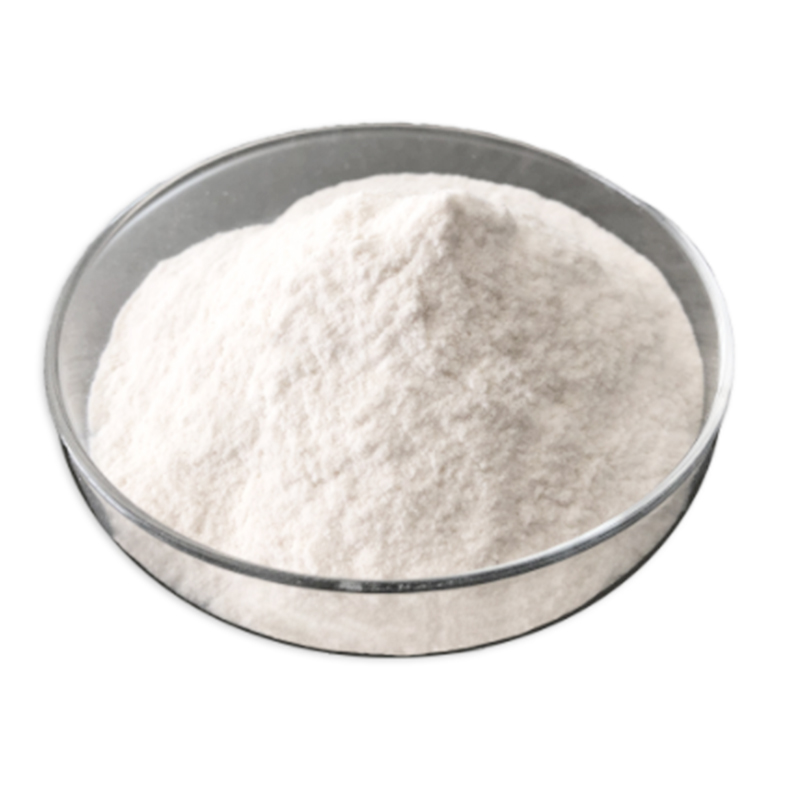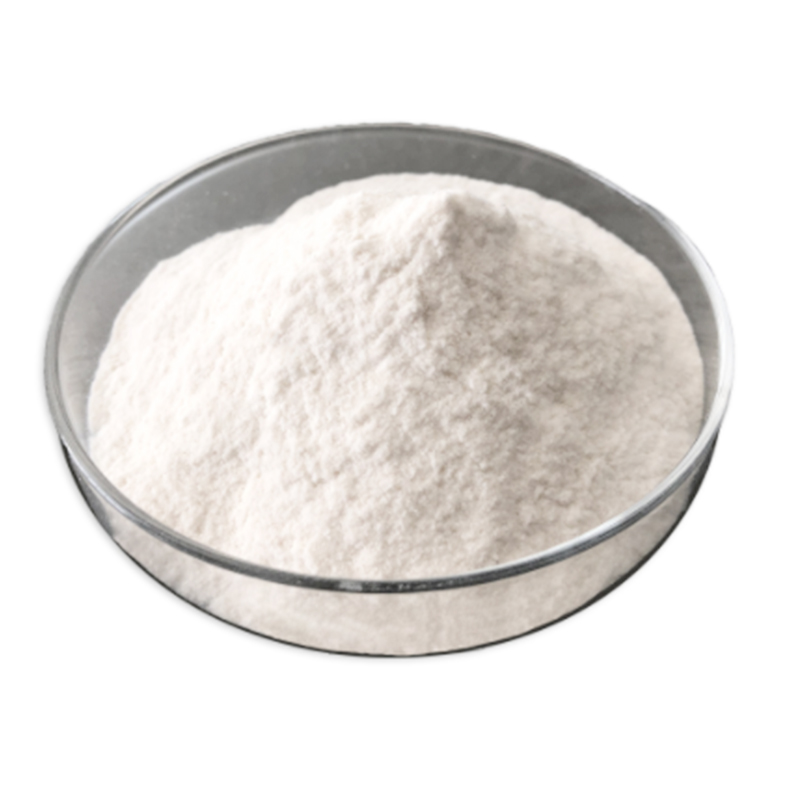trans-1-(tert-Butoxycarbonyl)-4-(3-(trifluoromethyl)phenyl)pyrrolidine-3-carboxylicacid CAS: 169248-97-9
| Catalog Number | XD93466 |
| Product Name | trans-1-(tert-Butoxycarbonyl)-4-(3-(trifluoromethyl)phenyl)pyrrolidine-3-carboxylicacid |
| CAS | 169248-97-9 |
| Molecular Formula | C17H20F3NO4 |
| Molecular Weight | 359.34 |
| Storage Details | Ambient |
Product Specification
| Appearance | White powder |
| Assay | 99% min |
Trans-1-(tert-Butoxycarbonyl)-4-(3-(trifluoromethyl)phenyl)pyrrolidine-3-carboxylic acid is a chemical compound that possesses various potential applications in the field of organic synthesis and pharmaceutical research. It is characterized by the presence of a pyrrolidine ring substituted with a tert-butoxycarbonyl (Boc) protecting group on the nitrogen atom and a trifluoromethyl group on the phenyl ring.One of the key uses of trans-1-(tert-Butoxycarbonyl)-4-(3-(trifluoromethyl)phenyl)pyrrolidine-3-carboxylic acid is as an intermediate in the synthesis of other organic compounds. Its unique structure and functional groups make it a versatile building block for the construction of complex molecules. The Boc group serves as a protecting group, which can be selectively removed under specific reaction conditions to expose the reactive site for further modification. This allows for controlled and precise organic transformations.The trifluoromethyl group in trans-1-(tert-Butoxycarbonyl)-4-(3-(trifluoromethyl)phenyl)pyrrolidine-3-carboxylic acid also imparts important properties and potential applications. Trifluoromethyl groups are known for their electron-withdrawing nature and lipophilicity, which can enhance the potency, metabolic stability, and bioavailability of drug candidates. Additionally, the trifluoromethyl group can modulate the physicochemical properties of the compound, affecting solubility, lipophilicity, and receptor binding affinity.Furthermore, trans-1-(tert-Butoxycarbonyl)-4-(3-(trifluoromethyl)phenyl)pyrrolidine-3-carboxylic acid may exhibit biological activity itself or as a prodrug. Prodrugs are biologically inactive compounds that undergo chemical or enzymatic transformations in the body to convert into active drugs. In some cases, the Boc protecting group may be selectively removed in vivo, activating the compound to elicit a desired therapeutic effect.While specific applications and potential uses for trans-1-(tert-Butoxycarbonyl)-4-(3-(trifluoromethyl)phenyl)pyrrolidine-3-carboxylic acid are numerous, further investigation and research are necessary to explore its full potential. This typically involves medicinal chemistry optimization, structure-activity relationship studies, and biological evaluation. By thoroughly understanding the compound's properties and reactivity, scientists can assess its suitability for targeting specific diseases or conditions, leading to the development of novel drug candidates or catalytic agents in the future.





![Imidazo[1,5-a]pyridine-6-carboxylic acid Cas:256935-76-9](https://cdn.globalso.com/xdbiochems/256935-76-9.jpg)
![spiro[indoline-3,4'-piperidin]-2-one-6-ol hydrochloride Cas: 356072-46-3](https://cdn.globalso.com/xdbiochems/白色粉末633.jpg)


